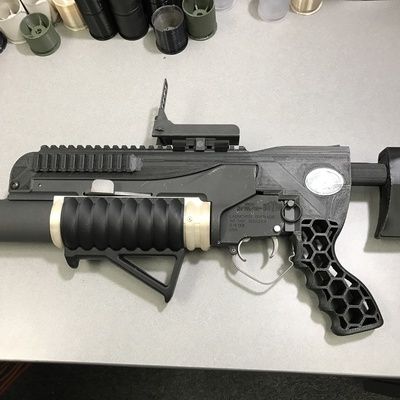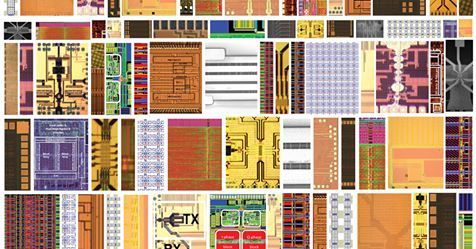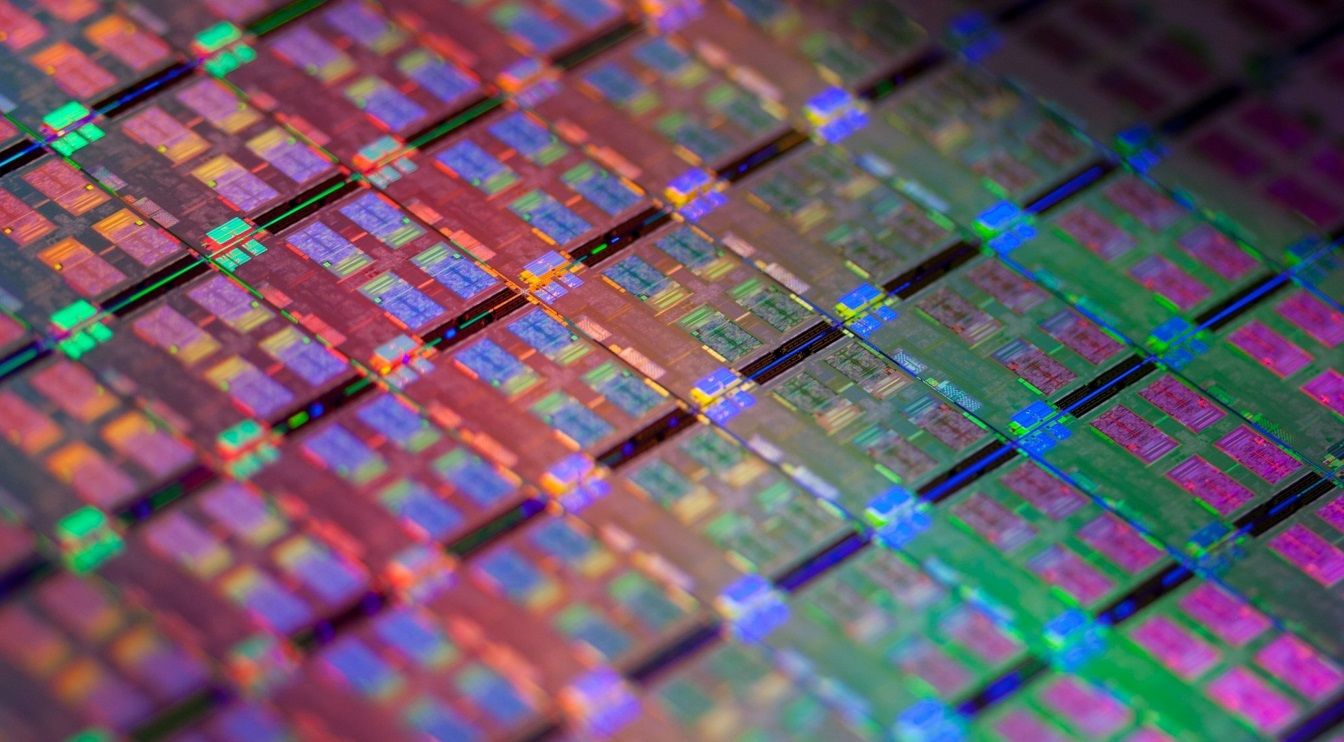Employees at a Wisconsin technology company are volunteering to have microchips implanted in their hands to make unlocking doors and paying for food easier.







A new report shows just how easy it is becoming to download designs for difficult-to-trace arms.
In the darker corners of the Internet where search engines cannot go, black markets offer pistols, machine guns, even explosives — and most worrisome to security researchers, computer aided design, or CAD, files for 3D-printed guns.
A new report from RAND looked at 811 weapons listings on a dozen dark-web markets, which continue to thrive despite the shuttering of sites like the Silk Road and, just this month, AlphaBay. Firearms were the top-selling category, with was 339 active listings, roughly 42 percent of the market. But the next-largest share, with 222 listings, was a variety of digital products, from build-it-yourself explosives manuals to CAD files.

The US military’s nuclear arsenal is controlled by computers built in the 1970s that still use 8in floppy disks.
A report into the state of the US government, released by congressional investigators, has revealed that the country is spending around $60bn (£40.8bn) to maintain museum-ready computers, which many do not even know how to operate any more, as their creators retire.
The Defense Department’s Strategic Automated Command and Control System (DDSACCS), which is used to send and receive emergency action messages to US nuclear forces, runs on a 1970s IBM computing platform. It still uses 8in floppy disks to store data.

SAN JOSE, Calif. – The U.S. Department of Defense is working with partners on multiple technologies that would make any foundry a trusted source to make classified ASICs for the military. If the government is successful it will be able to tap leading-edge process technologies from multiple fabs by 2019.
The U.S. government currently works with a single fab now operated by Globalfoundries and limited to 32nm and higher design rules. The partnership is a continuation of a longstanding “trusted foundry” deal with IBM, which sold its fabs to GF in 2015.
“We have a very good partner in Globalfoundries, and many people are still there from the [former] IBM…[that help] manage that government ASIC business, and that still works quite well for 32nm and up,” said Bill Chappell, a director at the Defense Advanced Research Projects Agency that oversees the trusted foundry programs.

For the last few months, Intel and AMD have been playing a bit of one-sided chicken. With AMD’s Ryzen and Epyc initial launch cycles nearly complete, we’ve seen the smaller CPU company aggressively take the fight to Intel in CPU pricing. And the market has responded — the Ryzen 7 1700 is now the second-best selling CPU on Amazon. Six of the top 15 CPUs on Amazon are made by AMD (with 5 Ryzen SKUs) and eight of the top 20. Now there are rumors that Intel will respond to AMD’s moves in the consumer space as well, possibly with new Core i7 and i5 offerings that add six-core CPUs to Intel’s desktop lines.
There’s already some precedent for this. Intel’s Core X series and the recent Skylake-SP launch are both meant to reposition Santa Clara against its rival, particularly the Core i7-7820X, which has a list price of $589 to $599. Be advised, if you intend to overclock, you need to read about the problems overclockers have encountered with the X299 chipset. But when running at stock speed, you can already buy an eight-core Intel CPU for $600. While that’s $100 more than what you’ll pay for a Ryzen 7 1800X, it’s a heck of a lot cheaper than the Broadwell-based Core i7-6900K, which was an $1,100 chip.
Intel slashed prices on certain competitive SKUs within the new Core X series to bring them more in line with Ryzen, so it’s not surprising to hear that the company might fight back on the core count front. This news, according to CanardPC, claims Intel will introduce two six-core models with its new Coffee Lake CPUs. The Core i7-8700K will have six cores, 12 threads, 12MB of L3, a 95W TDP, and a base clock of 3.7GHz. Meanwhile, the Core i5 8600K would be a six-core chip at 3.6GHz with no Hyper-Threading, 9MB of L3, and the same 95W TDP.
